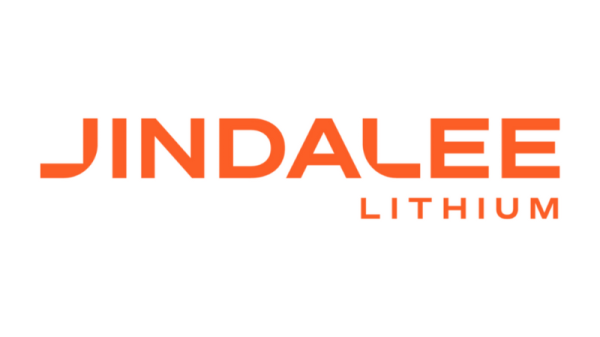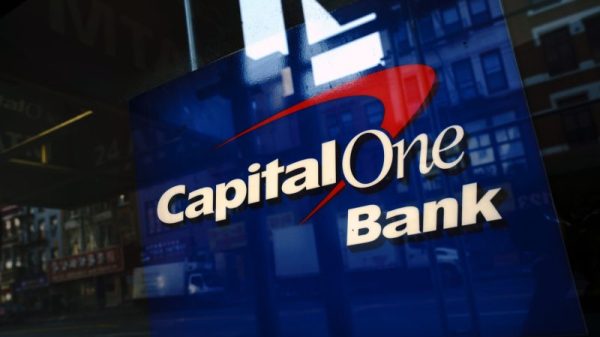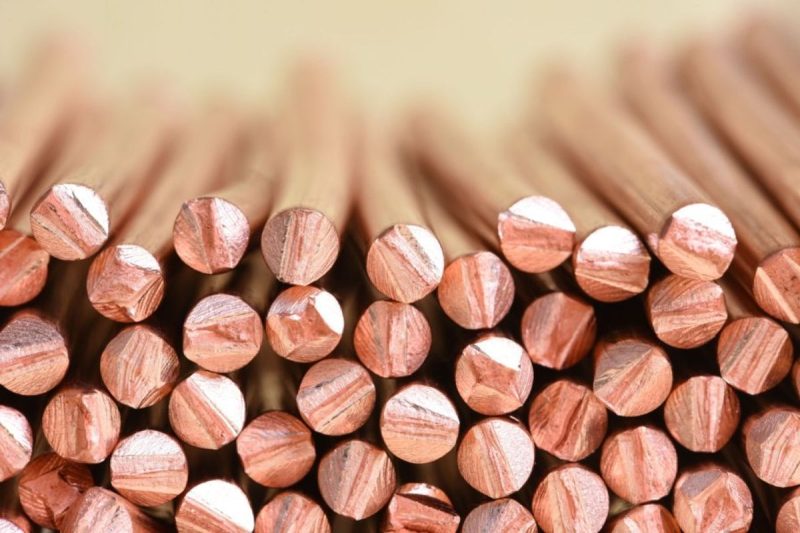Copper prices have experienced volatility in 2023, but the overall trend has been down.
The metal hit its highest point of the year on January 23, reaching US$9,438.65 per metric ton. During Q3, prices hit a quarterly high of US$8,850.00 on July 31 before retreating and closing out September at US$8,225.01/MT.
Various factors have contributed to copper’s fall over the course of the year, including the easing of supply chain issues that caused prices to spike from the end 2022 and into the start of 2023.
What are the factors that affected prices during the third quarter? Read on to find out.
Copper’s price performance in Q3 2023.
Chart via the London Metal Exchange.
China sinks demand for copper
One of the main contributors to the decline in copper prices has been the worsening crisis in China’s real estate market. Country Garden (OTC Pink:CTRYF,HKEX:2007), the country’s largest real estate company, warned in August that it was nearing default on its debt, while Evergrande’s (OTC:EVGPF,HKEX:3333) American arm also filed for Chapter 15 bankruptcy protection in August.
The real estate sector represents 30% of China’s GDP and is a primary consumer of the red metal. While the government has tried to stimulate home buying in the country, its efforts haven’t achieved positive results and show how deep of a crisis the market is in. The precarious state of the industry in China has heavily impacted the outlook for copper demand.
Production increases globally
This sinking demand comes alongside global copper production increases that are expected to shift a 27,000 MT deficit for 2023 to a surplus of 467,000 MT in 2024. This is being driven by new mines starting production in the Democratic Republic of Congo (DRC), Peru and Chile.
These new operations include the Phase 3 expansion of Ivanhoe Mines’ (TSX:IVN,OTCQX:IVPAF) Kamoa-Kakula mine in the DRC, which is on track to deliver 390,000 to 430,000 MT of copper in 2023.
Anglo American (LSE:AAL,OTCQX:AAUKF) is also set to make significant production contributions this year. The company’s Peru-based Quellaveco mine, which came online in 2022, is expected to reach its target of 310,000 MT to 350,000 MT of copper in 2023.
In Chile, Phase 2 of Teck Resources (TSX:TECK.B,NYSE:TECK) Quebrada Blanca project delivered its first bulk copper concentrate in March. It is expected to deliver 100,000 MT in 2023 before ramping up to 285,000 to 315,000 MT per year between 2024 and 2026.
Additionally, in September Udokan Copper began production at what was Russia’s largest untapped copper deposit, which is part of the Trans-Baikal region and home to several other mining deposits. The mine has an estimated yearly production of 150,000 MT with 26.7 million MT in copper resources. However, with US sanctions in place, the company’s ability to reach the global market is limited.
Protests in Peru
The year started with a series of deadly mining protests in Peru that began in late 2022 and continued through March of this year led to a 25 percent year-over-year drop in mining exports in January from the country.
While the protests slowed in the second quarter they once again flared up in mid-July and into August, this time coordinated by mining workers and unions and demanded the resignation of President Dina Boluarte. However, the latest round of protests were largely confined to the nation’s capital of Lima limiting their effect on a recovering mining sector.
After months of unrest, Peruvian Prime Minister Alberto Otarola pledged at the end of September to crack down on the chaos and instability. Industry insiders have noted that the country remains weak in its effectiveness in curbing the protests, and there is uncertainty around government stability as well as industry regulations and red tape.
This increased production will help Peru retain its position as a top copper producer for the time being. “We estimate Peru will remain the second largest producer for the next couple of years,” Gay explained, “but the Democratic Republic of Congo, currently the third largest producer, is threatening to take Peru’s place in the future.”
Mergers and Acquisitions
Mining industry mergers and acquisitions have been running hot in 2023, but what does that mean for copper specifically? There were several agreements made during the third quarter. Here are some notable dealings.
Rio Tinto (ASX:RIO,NYSE:RIO,LSE:RIO) announced on August 1 that it has agreed to purchase Pan American Silver’s (TSX:PAAS,NYSE:PAAS) 57.74 percent operating stake in Agua de la Falda, and will enter into a joint exploration venture with the state-owned Corporacion Nacional del Cobre de Chile (Coldelco), the world’s largest copper producer. Along with the partnership, Rio Tinto will acquire 100 percent of the nearby Meridian property exploration concessions.
The company notes that Agua de la Falda was previously explored for precious metals, but there has been little exploration for copper, which will become the primary focus of the project.
Rio Tinto also announced on August 28 the completion of a transaction with First Quantum Minerals (TSX:FM,OTC Pink:FQVLF) to develop Rio Tinto’s La Granja project, which it acquired from the government of Peru in 2006. The site in Peru has a measured mineral resource of 130 million MT at 0.85 percent copper and inferred resources of 4.19 billion MT at 0.5 percent.
Glencore (LSE:GLEN,OTC Pink:GLCNF) announced on July 31 it had reached an agreement to acquire Pan American’s stake in the Minera Agua Rica Alumbrera (MARA) project. The acquisition will make Glencore the sole owner of the project in Northwestern Argentina. Glencore says MARA has proven and probable mineral reserves of 5.4 million MT of copper and 7.4 million ounces of gold and will produce more than 200,000 MT of copper annually.
July 13, Lundin Mining (TSX:LUN,OTC Pink:LUNMF) announced the closing of its acquisition of 51 percent of SCM Minera Lumina Copper Chile. The acquisition gives Lundin access to the Caserones copper-molybdenum mine in Chile. Caserones produced 69,704 MT of copper and 2,393 MT of molybdenum in the first half of 2023 and contains proven and probable reserves of 2.55 million MT of copper and 76,000 MT of molybdenum.
Investor outlook
While protests in Peru may have cooled, the political situation remains delicate in South America as countries throughout the region shift from right to left-leaning policies. “The consensus seems to be lacking consistency regarding foreign policies and investment protection,” Gay noted.
With more countries enacting policies for the green energy transition, demand for copper over the next decade is expected to soar. It has already been labelled a critical mineral by the US Department of Energy for its use in electric motors and renewable power generation.
Additional demand is likely to come from the real estate market as countries work to solve the global housing crisis. The market is already the largest consumer of copper, and pressure is mounting to build more affordable homes, as it’s predicted that 1.6 billion people could be impacted by the crisis by 2025. The World Economic Forum estimates 3 billion people will need access to affordable housing by 2030, requiring the construction of 96,000 homes per day.
Adding to the supply and demand problem is a lack of new mining infrastructure being built. “The main problem is that the industry is not communicating the urgency to bring new mines online,” Gay said.
The new mining starts and expansions beginning operation in 2023 and 2024 are the last planned for the foreseeable future, and new mines can take decades to complete. This might be good news for those chasing the price of copper, but it’s likely to have a domino effect on other industries that rely on the red metal.
“We are reaching a point-of-no-return for developing the long list of mining projects so needed for the energy transition plans,” Gay said. “But it is my opinion that regulations are not expected to ease in the near future.”
Gay suggested prices for copper are set to remain stable for the next few quarters, hovering around $8,500 through the end of 2023, before rebounding slightly to around $8,800 in 2024.
Securities Disclosure: I, Dean Belder, hold no direct investment interest in any company mentioned in this article.







































